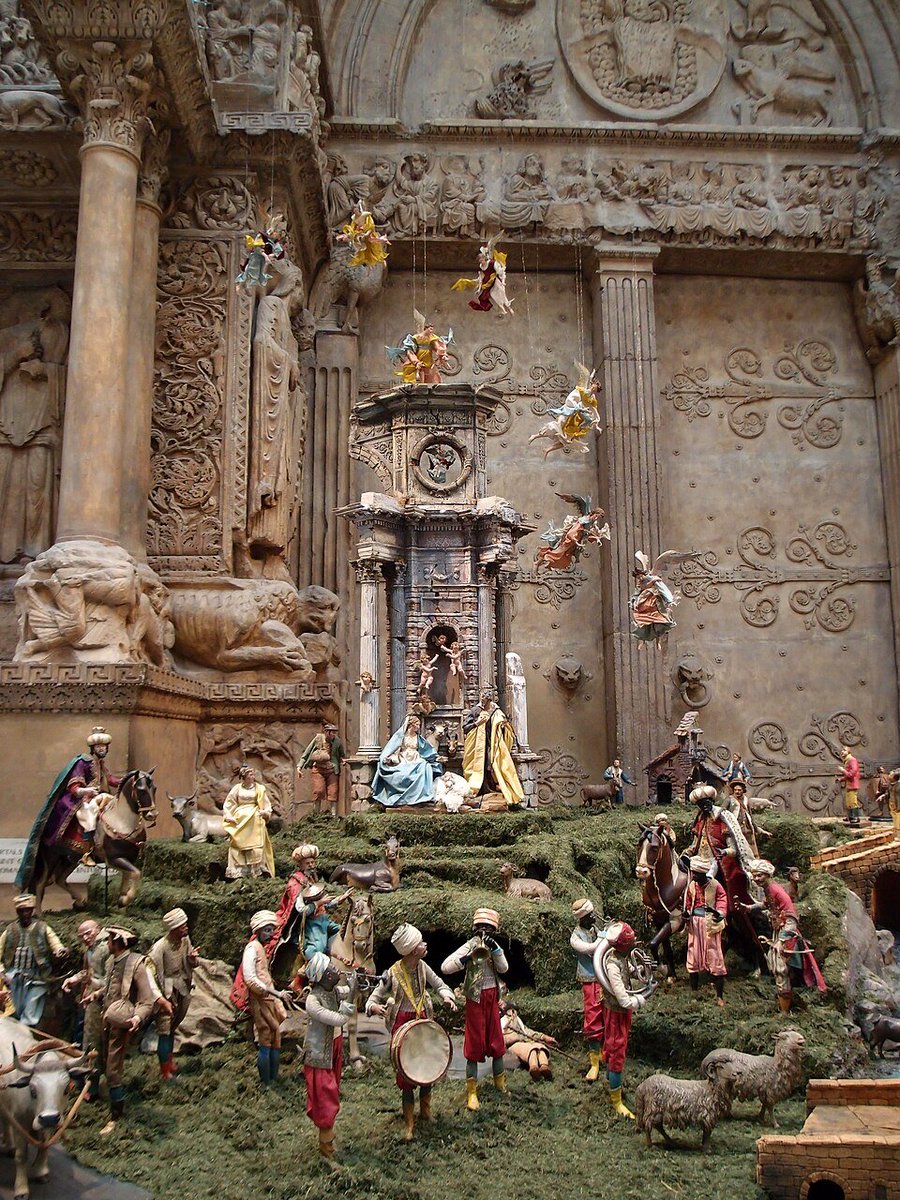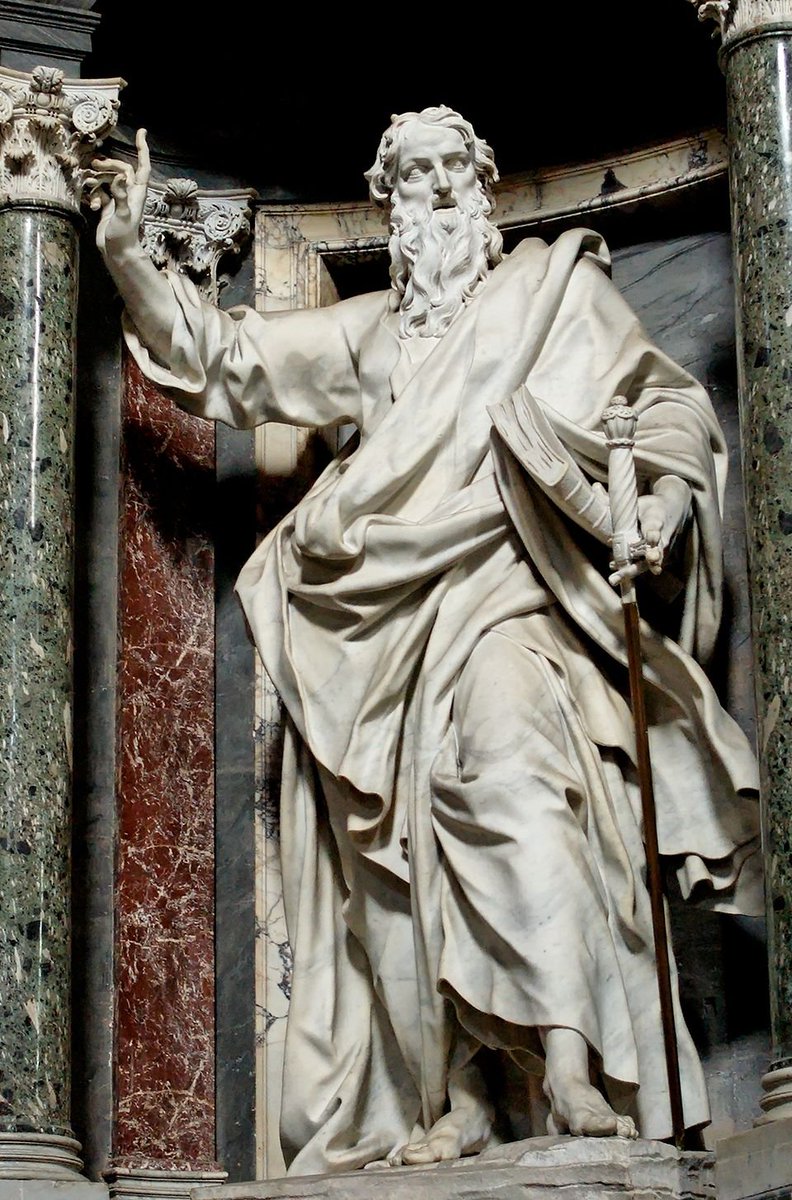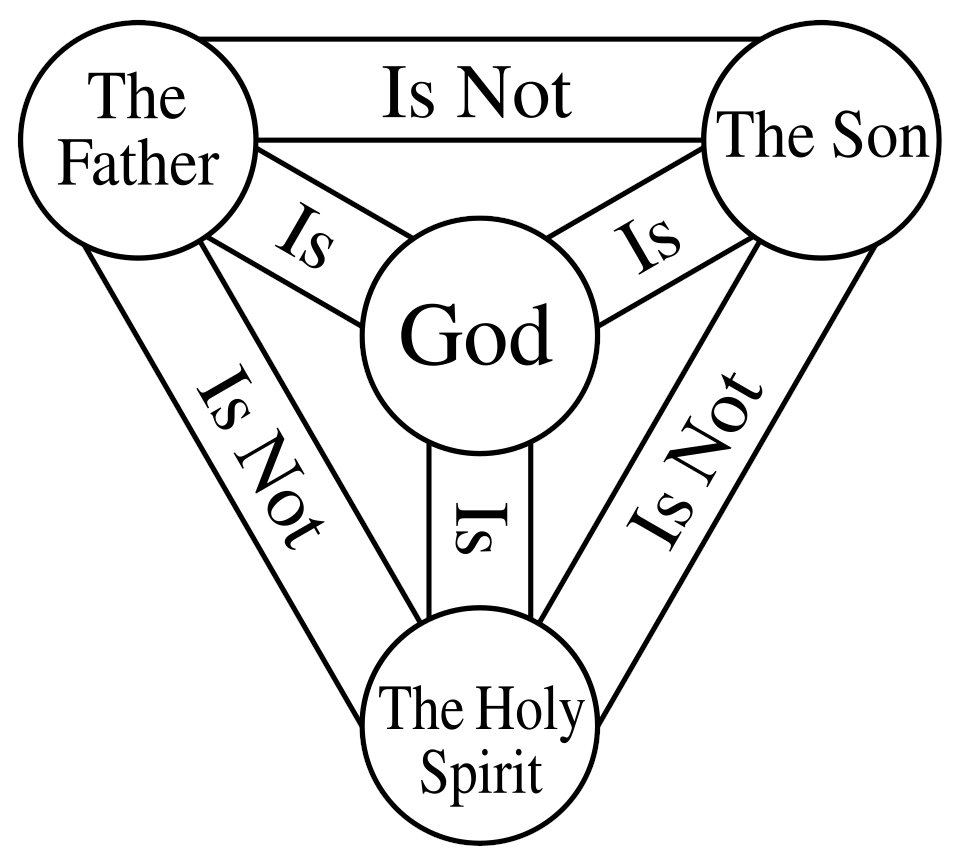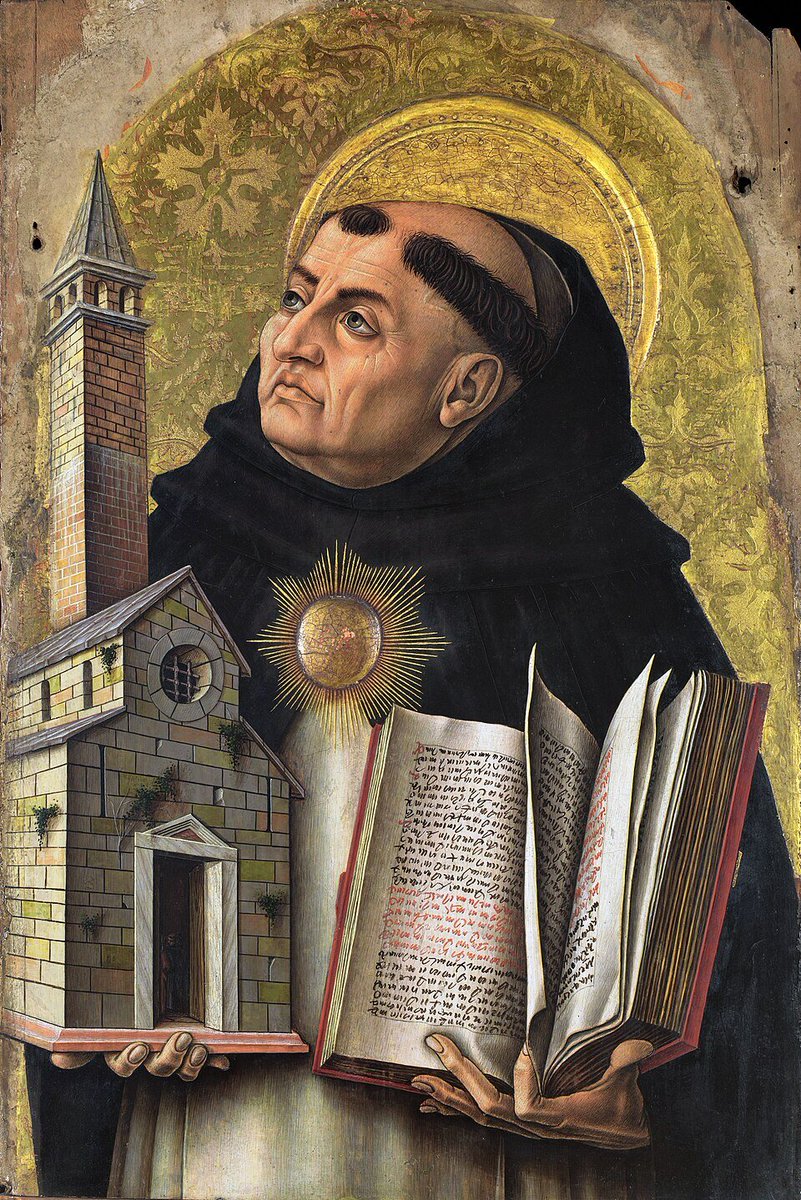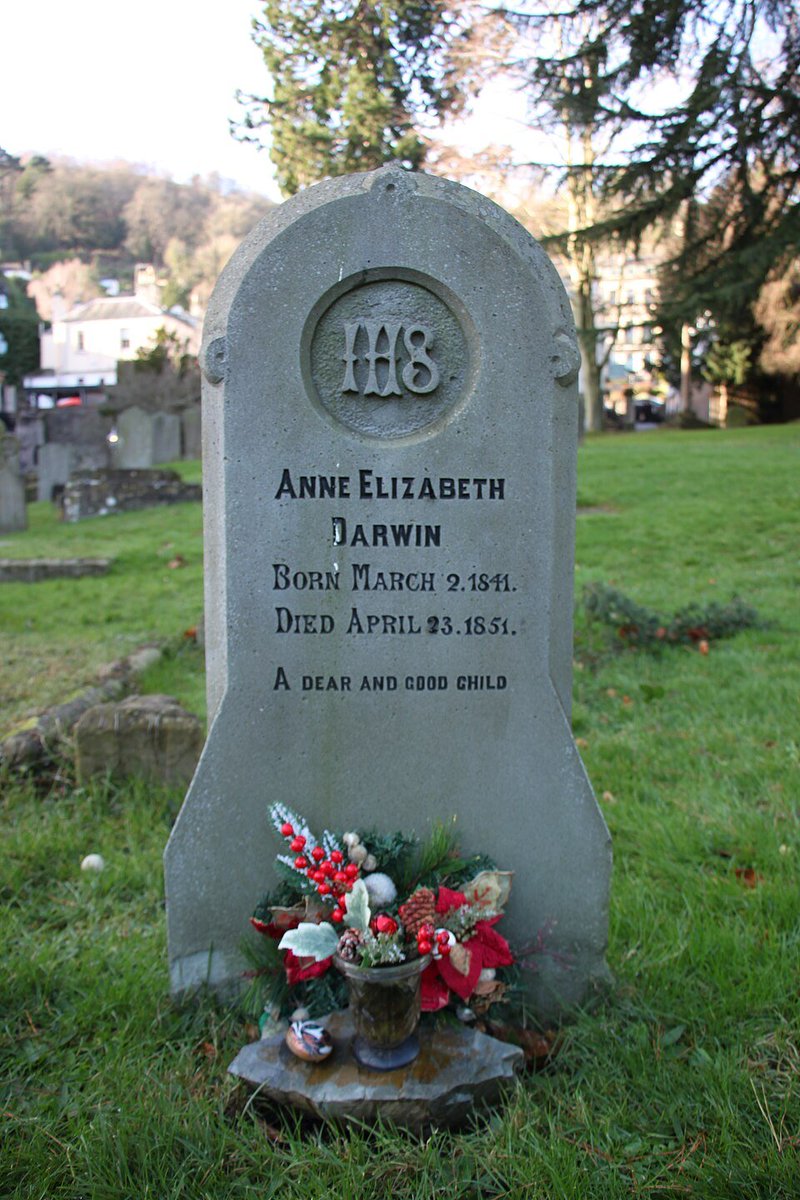The Greatest Minds to Have Ever Lived (A Four-Part Series) - Part 2.
Here are the luminaries who have laid the foundations for the arts, philosophy, and the sciences that shaped our world sometimes at cost of their lives.
Let's look at how they were immortalized in art.🧵⤵️
Here are the luminaries who have laid the foundations for the arts, philosophy, and the sciences that shaped our world sometimes at cost of their lives.
Let's look at how they were immortalized in art.🧵⤵️

Aryabhata
Aryabhata was an Indian mathematician and astronomer. His pioneering work in the 5th century, notably the "Aryabhatiya," introduced the concept of zero, outlined the methods of algebra, and offered a heliocentric theory of the solar system, significantly influencing both Indian and Islamic mathematics and astronomy.
Aryabhata was an Indian mathematician and astronomer. His pioneering work in the 5th century, notably the "Aryabhatiya," introduced the concept of zero, outlined the methods of algebra, and offered a heliocentric theory of the solar system, significantly influencing both Indian and Islamic mathematics and astronomy.

Al Biruni
A Persian scholar who made contributions to the fields of mathematics, philosophy, and geography and wrote extensively on religious and cultural practices. His "Kitab al-Hind" (Book on India) provides a comprehensive cultural and scientific study of India.
A Persian scholar who made contributions to the fields of mathematics, philosophy, and geography and wrote extensively on religious and cultural practices. His "Kitab al-Hind" (Book on India) provides a comprehensive cultural and scientific study of India.

Ibn Rushd (Averroes)
A medieval Andalusian polymath known for his extensive commentaries on Aristotle, he had a profound influence on both Muslim and Christian European thought and is referred to as the bridge between Muslim and Christian philosophy.
His work "Bidayat al-Mujtahid" (The Distinguished Jurist's Primer) is among his most important.
A medieval Andalusian polymath known for his extensive commentaries on Aristotle, he had a profound influence on both Muslim and Christian European thought and is referred to as the bridge between Muslim and Christian philosophy.
His work "Bidayat al-Mujtahid" (The Distinguished Jurist's Primer) is among his most important.

Nicolaus Copernicus
A Renaissance mathematician and astronomer who formulated a model of the universe that placed the Sun rather than Earth at its center. His revolutionary ideas were published in "De revolutionibus orbium coelestium" (On the Revolutions of the Celestial Spheres).
A Renaissance mathematician and astronomer who formulated a model of the universe that placed the Sun rather than Earth at its center. His revolutionary ideas were published in "De revolutionibus orbium coelestium" (On the Revolutions of the Celestial Spheres).

Thomas Aquinas
Thomas Aquinas was a pivotal figure in medieval philosophy and theology, known for synthesizing Aristotelian philosophy with Christian doctrine, thereby laying the foundational framework for much of Western theology.
His major works, the "Summa Theologica" and "Summa Contra Gentiles," systematically outlined Christian teachings and rational arguments for faith, influencing centuries of religious and philosophical thought.
Thomas Aquinas was a pivotal figure in medieval philosophy and theology, known for synthesizing Aristotelian philosophy with Christian doctrine, thereby laying the foundational framework for much of Western theology.
His major works, the "Summa Theologica" and "Summa Contra Gentiles," systematically outlined Christian teachings and rational arguments for faith, influencing centuries of religious and philosophical thought.

Zhu Xi
Zhu Xi was a prominent Chinese philosopher during the Song dynasty, who profoundly influenced the development of Neo-Confucianism by synthesizing Confucian thought with elements of Daoism and Buddhism.
His systematic approach to education and his commentaries on the Four Books became the basis for civil service examinations, shaping the intellectual, moral, and social frameworks of East Asia for many centuries.
Zhu Xi was a prominent Chinese philosopher during the Song dynasty, who profoundly influenced the development of Neo-Confucianism by synthesizing Confucian thought with elements of Daoism and Buddhism.
His systematic approach to education and his commentaries on the Four Books became the basis for civil service examinations, shaping the intellectual, moral, and social frameworks of East Asia for many centuries.

Avicenna (Ibn Sina)
A Persian polymath whose contributions spanned medicine, philosophy, and science. His "The Canon of Medicine" was a standard medical text at many medieval universities.
A Persian polymath whose contributions spanned medicine, philosophy, and science. His "The Canon of Medicine" was a standard medical text at many medieval universities.

William Shakespeare (1564–1616)
An English playwright and poet, widely regarded as the greatest writer in the English language and the world's pre-eminent dramatist. His works include "Hamlet," "Macbeth," and "Romeo and Juliet."
An English playwright and poet, widely regarded as the greatest writer in the English language and the world's pre-eminent dramatist. His works include "Hamlet," "Macbeth," and "Romeo and Juliet."

Sir Isaac Newton (1643–1727)
An English mathematician, physicist, astronomer, and author, known for his laws of motion and universal gravitation which formed the cornerstone of classical physics. His seminal work, "Philosophiæ Naturalis Principia Mathematica" (Mathematical Principles of Natural Philosophy), laid the foundations for much of modern science.
An English mathematician, physicist, astronomer, and author, known for his laws of motion and universal gravitation which formed the cornerstone of classical physics. His seminal work, "Philosophiæ Naturalis Principia Mathematica" (Mathematical Principles of Natural Philosophy), laid the foundations for much of modern science.

Rumi (Jalāl ad-Dīn Muhammad Rumi)
A 13th-century Persian poet, jurist, Islamic scholar, theologian, and Sufi mystic best known for his poems that form the basis of much Persian literature and have been widely translated into various languages. His major work is "Masnavi," a six-book spiritual epic.
A 13th-century Persian poet, jurist, Islamic scholar, theologian, and Sufi mystic best known for his poems that form the basis of much Persian literature and have been widely translated into various languages. His major work is "Masnavi," a six-book spiritual epic.

Friedrich Nietzsche
Friedrich Nietzsche was a German philosopher known for his profound and provocative ideas on culture, morality, religion, and philosophy.
His works, such as "Thus Spoke Zarathustra," "Beyond Good and Evil," and "The Genealogy of Morals," challenged the foundations of traditional morality and introduced concepts like the "will to power," "eternal recurrence," and the "Übermensch," which have had a lasting impact on modern philosophical and cultural thought.
Friedrich Nietzsche was a German philosopher known for his profound and provocative ideas on culture, morality, religion, and philosophy.
His works, such as "Thus Spoke Zarathustra," "Beyond Good and Evil," and "The Genealogy of Morals," challenged the foundations of traditional morality and introduced concepts like the "will to power," "eternal recurrence," and the "Übermensch," which have had a lasting impact on modern philosophical and cultural thought.
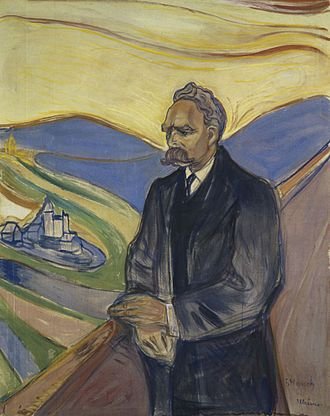
René Descartes
René Descartes was a French philosopher, mathematician, and scientist, often regarded as the father of modern philosophy for his development of a new, systematic method of rational deduction.
His famous assertion "Cogito, ergo sum" ("I think, therefore I am") underpins his approach to philosophy, and his contributions to mathematics, notably the Cartesian coordinate system, have fundamentally shaped the development of modern science and analytical geometry.
René Descartes was a French philosopher, mathematician, and scientist, often regarded as the father of modern philosophy for his development of a new, systematic method of rational deduction.
His famous assertion "Cogito, ergo sum" ("I think, therefore I am") underpins his approach to philosophy, and his contributions to mathematics, notably the Cartesian coordinate system, have fundamentally shaped the development of modern science and analytical geometry.

Johann Wolfgang von Goethe
A German writer, poet, and statesman whose works span the fields of poetry, drama, literature, theology, humanism, and science. "Faust," his two-part dramatic work, is his most famous masterpiece.
A German writer, poet, and statesman whose works span the fields of poetry, drama, literature, theology, humanism, and science. "Faust," his two-part dramatic work, is his most famous masterpiece.

Immanuel Kant
A German philosopher who is a central figure in modern philosophy, he established a comprehensive and complex theory in epistemology, metaphysics, and ethics. His critical philosophy is best encapsulated in "Critique of Pure Reason."
A German philosopher who is a central figure in modern philosophy, he established a comprehensive and complex theory in epistemology, metaphysics, and ethics. His critical philosophy is best encapsulated in "Critique of Pure Reason."

Adam Smith
A Scottish economist and philosopher best known for his theories on free markets, laissez-faire economic policies, and the division of labor. "The Wealth of Nations" is his most famous work, and it is considered one of the founding texts of economic theory.
A Scottish economist and philosopher best known for his theories on free markets, laissez-faire economic policies, and the division of labor. "The Wealth of Nations" is his most famous work, and it is considered one of the founding texts of economic theory.

If you found this thread enlightening, we'd be grateful if you could share the initial post and consider following this account.
This thread is a sequel to the first installment of our series. ⬇️
This thread is a sequel to the first installment of our series. ⬇️
https://twitter.com/cultureexplorex/status/1780949901355925798
• • •
Missing some Tweet in this thread? You can try to
force a refresh





